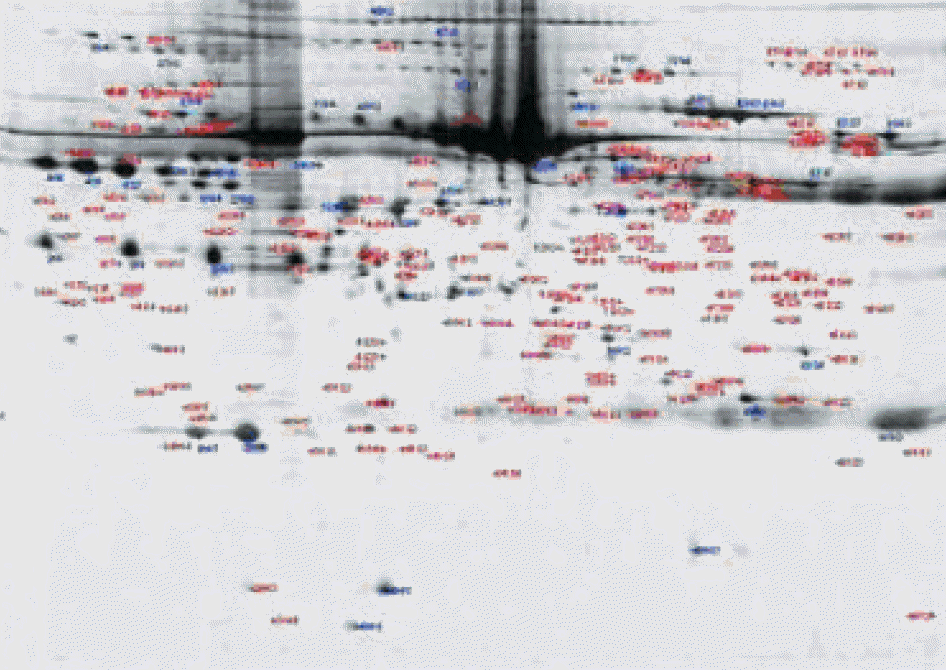1.Heddle NM. Febrile nonhemolytic transfusion reactions to platelets. Curr Opin Hematol. 1995. 2:478–83.

2.Seghatchian J., Krailadsiri P., Dilger P., Thorpe R., Wadhwa M. Cytokines as quality indicators of leucoreduced red cell concentrates. Transfus Apher Sci. 2002. 26:43–6.

3.Boehlen F., Clemetson KJ. Platelet chemokines and their receptors: what is their relevance to platelet storage and transfusion practice? Transfus Med. 2001. 11:403–17.

4.Muylle L., Peetermans ME. Effect of prestorage leukocyte removal on the cytokine levels in stored platelet concentrates. Vox Sang. 1994. 66:14–7.

5.Yazer MH., Podlosky L., Clarke G., Nahirniak SM. The effect of pre-storage WBC reduction on the rates of febrile nonhemolytic transfusion reactions to platelet concentrates and RBC. Transfusion. 2004. 44:10–5.

6.Paglino JC., Pomper GJ., Fisch GS., Champion MH., Snyder EL. Reduction of febrile but not allergic reactions to RBCs and platelets after conversion to universal prestorage leukoreduction. Transfusion. 2004. 44:16–24.

7.Kluter H., Bubel S., Kirchner H., Wilhelm D. Febrile and allergic transfusion reactions after the transfusion of white cell-poor platelet preparations. Transfusion. 1999. 39:1179–84.
8.Miletic VD., Popovic O. Complement activation in stored platelet concentrates. Transfusion. 1993. 33:150–4.

9.Silliman CC., Johnson CA., Clay KL., Thurman GW., Ambruso DR. Compounds biologically similar to platelet activating factor are present in stored blood components. Lipids. 1993. 28:415–8.

10.Heddle NM., Klama L., Singer J., Richards C., Fedak P., Walker I, et al. The role of the plasma from platelet concentrates in transfusion reactions. N Engl J Med. 1994. 331:625–8.

11.Muylle L., Joos M., Wouters E., De Bock R., Peetermans ME. Increased tumor necrosis factor alpha (TNF alpha), interleukin 1, and inter-leukin 6 (IL-6) levels in the plasma of stored platelet concentrates: relationship between TNF alpha and IL-6 levels and febrile transfusion reactions. Transfusion. 1993. 33:195–9.

12.Seghatchian J. The platelet storage lesion: A comparative analysis of six leukoreduction processes in terms of biocompatability, microve-siculation, retention of prions, and generation/removal of biological response modifiers. Transfus Apher Sci. 2005. 15:[Epub ahead of print].
13.Zhou M., Conrads TP., Veenstra TD. Proteomics approaches to bio-marker detection. Brief Funct Genomic Proteomic. 2005. 4:69–75.
14.Omenn GS., States DJ., Adamski M., Blackwell TW., Menon R., Hermjakob H, et al. Overview of the HUPO Plasma Proteome Project: results from the pilot phase with 35 collaborating laboratories and multiple analytical groups, generating a core dataset of 3020 proteins and a publicly-available database. Proteomics. 2005. 5:3226–45.

15.Reddy KS., Perrotta PL. Proteomics in transfusion medicine. Transfusion. 2004. 44:601–4.

16.Sarkodee-Adoo CB., Kendall JM., Sridhara R., Lee EJ., Schiffer CA. The relationship between the duration of platelet storage and the development of transfusion reactions. Transfusion. 1998. 38:229–35.

17.Omenn GS. The Human Proteome Organization Plasma Proteome Project pilot phase: reference specimens, technology platform comparisons, and standardized data submissions and analyses. Proteomics. 2004. 4:1235–40.

18.O'Neill EE., Brock CJ., von Kriegsheim AF., Pearce AC., Dwek RA., Watson SP, et al. Towards complete analysis of the platelet proteome. Proteomics. 2002. 2:288–305.
19.Garcia A., Zitzmann N., Watson SP. Analyzing the platelet proteome. Semin Thromb Hemost. 2004. 30:485–9.

20.Kakhniashvili DG., Bulla LA Jr., Goodman SR. The human erythrocyte proteome: analysis by ion trap mass spectrometry. Mol Cell Proteomics. 2004. 3:501–9.
21.Anderson NL., Polanski M., Pieper R., Gatlin T., Tirumalai RS., Conrads TP, et al. The human plasma proteome: a nonredundant list developed by combination of four separate sources. Mol Cell Proteomics. 2004. 3:311–26.
22.Anniss AM., Glenister KM., Killian JJ., Sparrow RL. Proteomic analysis of supernatants of stored red blood cell products. Transfusion. 2005. 45:1426–33.

23.Thiele T., Steil L., Gebhard S., Scharf C., Hammer E., Brigulla M, et al. Profiling of alterations in platelet proteins during storage of platelet concentrates. Transfusion. 2007. 47:1221–33.

24.Ledent E., Berlin G. Factors influencing white cell removal from red cell concentrates by filtration. Transfusion. 1996. 36:714–8.

25.Aye MT., Palmer DS., Giulivi A., Hashemi S. Effect of filtration of platelet concentrates on the accumulation of cytokines and platelet release factors. Transfusion. 1995. 35:117–24.
26.Wolpe SD., Sherry B., Juers D., Davatelis G., Yurt RW., Cerami A. Identification and characterization of macrophage inflammatory protein 2. Proc Natl Acad Sci USA. 1989. 86:612–6.

27.King AG., Johanson K., Frey CL., DeMarsh PL., White JR., McDevitt P, et al. Identification of unique truncated KC/GRO beta chemokines with potent hematopoietic and anti-infective activities. J Immunol. 2000. 164:3774–82.
28.Driscoll KE. TNFalpha and MIP-2: role in particle-induced inflammation and regulation by oxidative stress. Toxicol Lett. 2000. 112-113:177–83.
29.Fishley B., Alexander WS. Thrombopoietin signalling in physiology and disease. Growth Factors. 2004. 22:151–5.

30.Xie MH., Aggarwal S., Ho WH., Foster J., Zhang Z., Stinson J, et al. Interleukin (IL)-22, a novel human cytokine that signals through the interferon receptor-related proteins CRF2-4 and IL-22R. J Biol Chem. 2000. 275:31335–9.

31.Boniface K., Bernard FX., Garcia M., Gurney AL., Lecron JC., Morel F. IL-22 inhibits epidermal differentiation and induces proinflammatory gene expression and migration of human keratinocytes. J Immunol. 2005. 174:3695–702.






 PDF
PDF ePub
ePub Citation
Citation Print
Print


 XML Download
XML Download